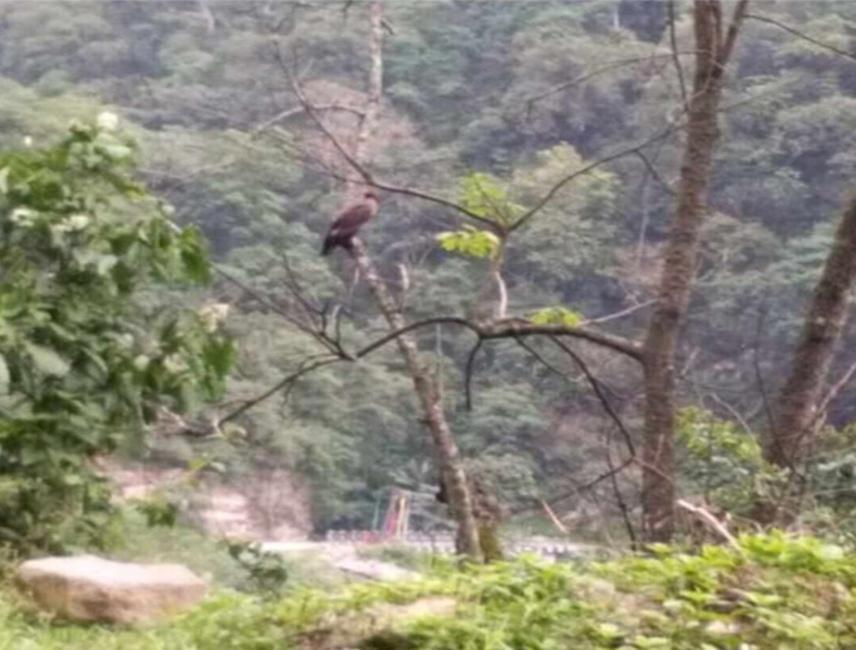Tshering Wangchuk
The project aims to collect baseline data on the current population status, finding nesting sites and assessing nesting habitat, understanding the distribution of the vulture species in the study area, assessing conservation status and sensitizing locals on conservation importance of both Red-headed Vultures and White-rumped Vulture in Royal Manas National Park.

White Rumped Vulture at RMNP
Covering an area of 1057 km2. Royal Manas National Park forms a contiguous belt of very rich forest with Manas National Park in Assam. It is the largest and most representative of the tropical and sub-tropical ecosystems in the country that intercept with swathes of grassland and Wide River beds. It is only the areas where the wide range of habitats between the tropical and temperate can be protected in a single reserve. Thus park is home to great variety of wildlife including several species of endangered and global important such as Royal Bengal Tiger (Panthera tigris tigris), Indian Rhinoceros (Rhinoceros unicornis), Pygmy hog (Sus Salvanius), Asian Elephant (Elephas maximus), Asiatic water buffalo (Bubalus bubalis), White-rumped Vultures (Gyps bengalensis), Red-headed Vultures (Sarcogyps calvus) etc.
The White-rumped Vulture and Red-headed Vulture population is drastically declining due to use of Diclofenac and over 99 percent population is lost in the past decade. This has led the IUCN to declare both the species as Critically Endangered species. Though there are reports of sightings of the species from the study area, no scientific data is available. The study will assess the population status, distribution pattern, conservation status, conservation attitudes, awareness and ethno-vulture relationship. This will be first scientific study on these two species in the country.
Positive attitude and perception will be developed in the local communities towards conservation of the species through awareness campaign.